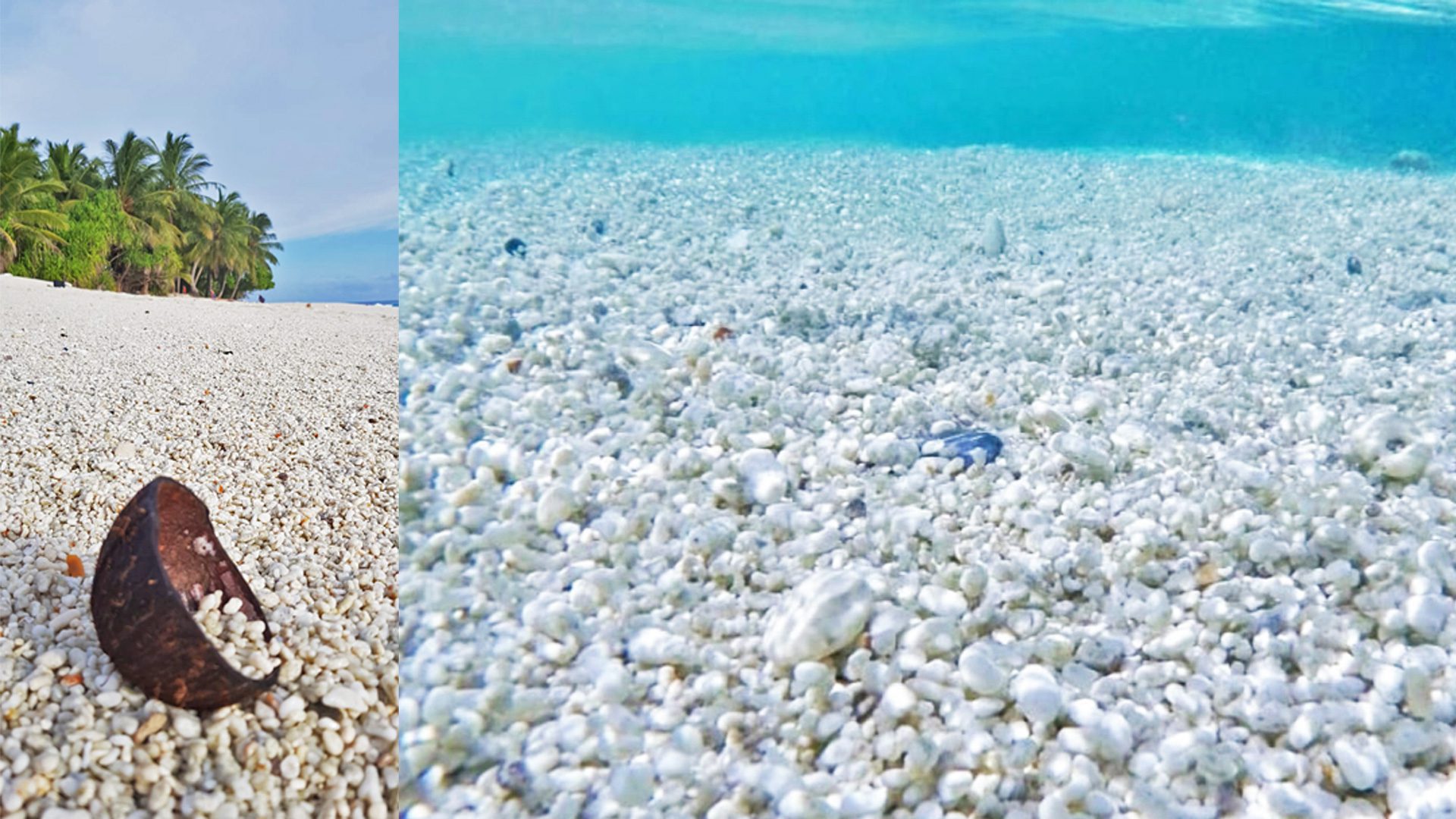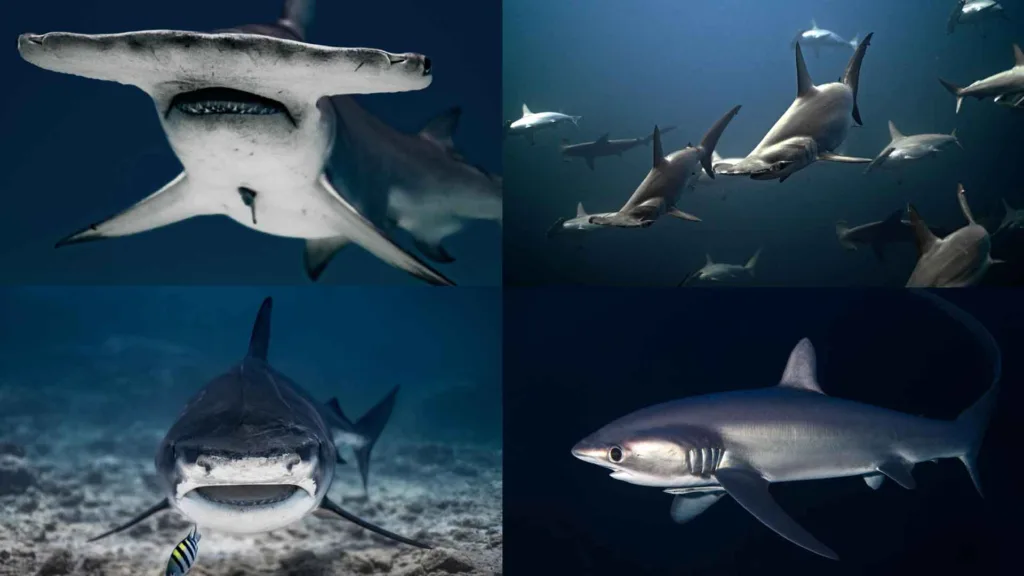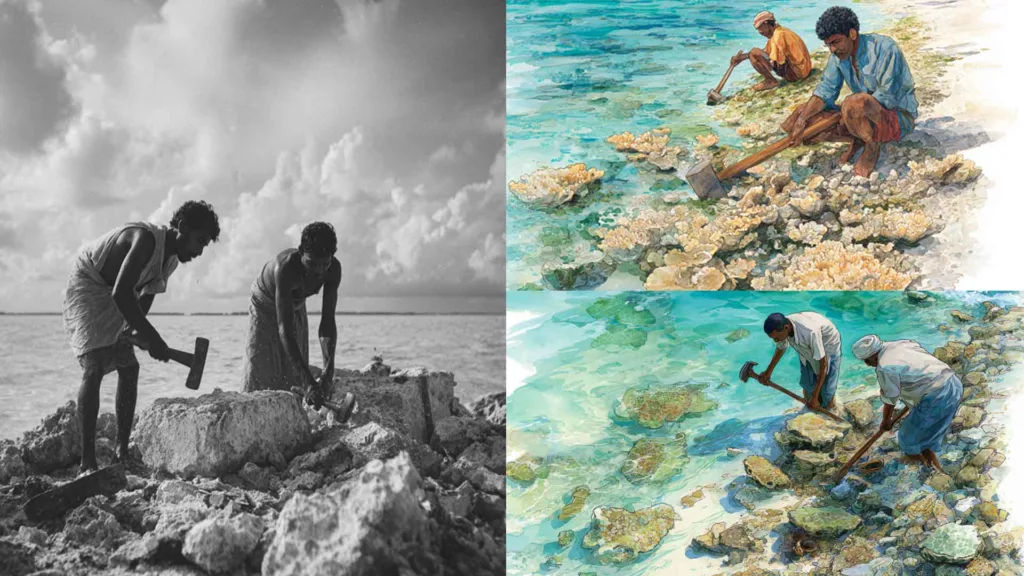
Located in the southern part of the Maldives archipelago, Fuvahmulah is a remarkable atoll with just one island. It is among the Maldives’ most exquisite islands.
Thoondu, a breathtaking beach, is located at the northernmost tip of Fuvahmulah. The unique geological structure of the beach and its environs makes it stand out. The pebbles that make up this beach are a wonderful sight to behold.
“Mysterious” pebbles
Andrew D. Short, a professor at the School of Geosciences, University of Sydney, Australia, states that beaches are wave-deposited accumulations of sediment located at the shoreline (Short, 2012). All beaches consist of sediment ranging from fine silt and sand up to cobbles and boulders. Despite the prevalence of sand, beaches exhibit a diversity of sediment sizes.
These shimmering white pebbles are exclusive to Fuvahmulah and unparalleled in the Maldives. People are astonished by the perfect shine, shape, and color of these pebbles. It is bright, sparkling, and creamy white. The texture is smooth and tumbled. It’s naturally polished. Its surface is smooth without rough edges.
These pebbles are stylish and versatile. It’s a stunning natural ambiance created effortlessly. The pebbles scattered across the beach follow a shifting path. The pebbles move seasonally around the Thoondu shoreline, either moving to the eastern side or the western side of the area. Possibly tides and ocean currents carry this sediment hundreds of meters away.
This phenomenon may be caused by weathering (the mechanical and chemical or perhaps biological breakdown of rocks) and other processes that happen in the deep sea. Ocean waves and tides disintegrate or wear down rocks such as sandstone or limestone due to the constant pounding of waves, causing the rocks to crack, and the rocks break apart, and smaller pieces are created.
During this process, rocks and stones hit and knock each other, wearing them down. These rocks shatter and get smaller when they collide. The process also smoothens off their edges, making them rounder and smoother, and pebbles are tossed and flung against other pebbles. Additionally, it propels itself against the seabed, forming pebbles and sands. This process can take thousands of years. Waves and currents continuously propel these pebbles upwards. When the pebbles reach the shoreline again, a marvelous natural setting happens. The tides and ocean currents sort the pebbles by size and shape. Then, they deposit them along the coastline in a precise and required order.
It is not the end of this phenomenon. At the water’s edge, the largest pebbles or heavy rocks (such as boulders) are deposited first. Sandstone or limestone is carried further up on the beach. This process also results in the formation of sand, either fine or coarse. Waves and tides continuously wear down the pebbles, transforming them into sand. Wind and ocean currents carry it away, reducing it to small bits or crushing it into fine particles—to tiny grains.
This cycle continues. The sand moves and deposits in a new location. There it is deposited and cemented together to form a new rock or rocks. Mechanical forces, either through erosion or weathering with ocean waves and tides, disintegrate them again. A new batch, or generation, of beach pebbles is then formed.
We witness wonders of the world, its features, and tiny creations within a glimpse. But some of these sublime creations take thousands of years to complete them in their supreme form and beauty. Pebbles may be present as sediment on other islands in the world. However, the characteristics of thoondu pebbles are unique. We might find it difficult to distinguish them from other rocks or pebbles. Nature is always a wonder and mystery.




